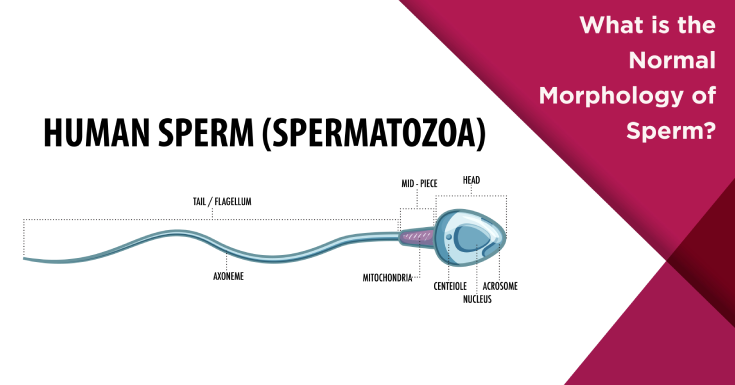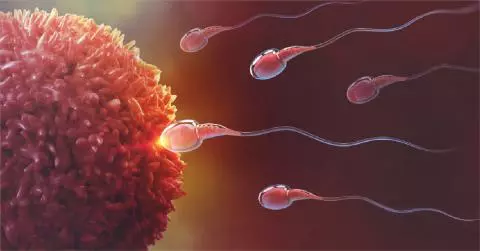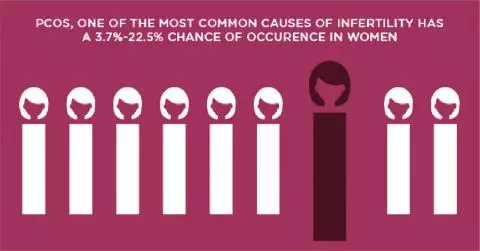What is Sperm Morphology?
Sperm morphology indicates the shape and size of individual sperm. It is one factor that influences male fertility.
Every single one of an individual's sperm may not look identical. Sperm abnormalities in shape and size can develop within its head, mid-piece, or tail. These mutations or modifications in the morphology of the sperm do not always have an influence on the overall functionality of the sperm. In some cases, the sperm may be unable to travel effectively or sufficiently fast to reach, penetrate, or get through the egg's membrane.
Doctors typically evaluate sperm morphology at the time of a standard semen analysis or during fertility testing. However, it is important to note that an abnormal or poor sperm morphology score alone is rarely indicative of infertility.
What Is the Normal Morphology of Sperm?
Normal sperm from a human has a smooth, oval head that resembles the shape of a paddle, neck, middle region, and tail. This form enables the sperm to move fast and straight to its target. Each sperm consists of the individual's 23 chromosomes, which carry all of their genetic information.
Sperm morphology tests evaluate specimens of semen under a microscope and calculate the proportion of sperm having a normal form in the entire sample.
Normal sperm usually have the aforementioned characteristics:
- The head is 5–6 micrometres in length and 2.5–3.5 micrometres in width.
- The sperm has an acrosome and covers 40-70% of its head.
- The head is free from any fluid droplets larger than half its size.
- The uncoiled 45 μm tail must be slimmer than the head of the sperm and midpiece.
- The neck, midpiece, and tail contain no abnormalities in structure.
What do the Results of Sperm Morphology Tests Mean?
It is not uncommon to have misshapen sperm for a substantial portion of the total. According to the WHO, having just about 4% healthy sperm in terms of their morphology is still a good percent with respect to fertility.
Several fertility clinics employ Kruger's rigorous standards to determine an individual's fertility depending on their sperm morphology. It refers to the following:
- When a 14% or higher number of sperm has a normal form, the chances of fertility get higher.
- If 4% to 14% of the sperm are in the normal morphology, the chances of fertility are slightly reduced.
- Once the normal morphology sperm count is less than 3%, the chances of fertility decrease dramatically.
Abnormal Sperm Morphologies
Teratospermia is a medical term used to describe abnormal sperm morphology. But what qualifies as ‘abnormal’, many scientists have spoken up against using abnormal sperm morphology for estimating male fertility, pointing out variable standards of evaluation that can differ between laboratories.
Many researchers differentiate sperm morphology among primary and secondary defects while classifying them:
- Primary abnormalities: These are regarded as inherent and significant defects that may impede the ability of sperm to penetrate and fertilize an egg.
- Secondary abnormalities: These are regarded as less serious defects and are frequently caused by something going wrong during ejaculation.
Some abnormalities, for instance, globozoospermia, can irreversibly impair the ability of sperm to fertilize an egg. This occurs when the sperm's structure lacks the vital elements required for activating the egg for the process of fertilization, or when the sperm begins unravelling its genetic material prematurely before meeting an egg.
Types of Sperm Morphology
Let's take a closer look at sperm morphology to see how it can vary and cause fertility problems. Abnormal sperm morphology can include the following:
Macrocephaly
- The head of the sperm is larger than normal.
- May have extra chromosomes.
- May struggle to fertilize an egg, potentially due to genetic factors.
Microcephaly
- The head of the sperm is smaller than normal.
- May have a defective acrosome.
- May have less genetic material.
Pinhead Sperm
- The head of the sperm resembles a pin.
- May have little to no DNA material.
- May suggest diabetes.
Tapered Sperm
- A cigar-shaped sperm head
- May indicate the presence of a varicocele.
- Could be a result of chronic scrotum exposure to heat.
- The head may have abnormal chromosomes.
- The head may include abnormal packing of the DNA material.
- Possibilities of an abnormal amount of sperm chromosomes, known as aneuploidy
Thin Narrow-Head Sperm
- Very uncommon
- A variant of the tapered-head sperm.
- Can be caused by damaged genetic material, disturbance in head formation, or varicocele
Globozoospermia
- Round-headed sperm, indicating lack of acrosomes or key portions of the head. Additionally, sperm may break down early.
Headless Sperm
- Known as decapitated or acephalic sperm.
- Contains no head, genetic information, or chromosomes.
Tailless Sperm
- Known as acaudate sperm.
- Observed during the cellular death in an organ.
Nuclear Vacuoles
- The sperm head contains two or more big vacuoles (bubbles resembling cysts).
- The head contains numerous small vacuoles and may have low fertilization potential.
Multi-headed Sperm
- Sperm contains many heads or tails.
- Can occur as a result of prolonged exposure to chemicals, poisons, or elevated prolactin levels in the blood.
Coiled Tailed Sperm
- Tail damage can indicate the existence of bacteria and may be caused by excessive smoking.
- Sperm cannot swim effectively.
Stumptail Sperm
- Tails are short, resulting in limited movement or motility.
- Can be attributed to the delayed sperm formation in the testicles.
- Is an autosomal genetic disorder.
Swollen mid-piece
- The neckpiece of the sperm gets enlarged, indicating defective mitochondria.
- The guiding system that moves chromosomes from the neck of the sperm may be damaged or missing.
Sperm Morphology’s Effects on Fertility
While inadequate sperm count is among the most prevalent causes of male infertility, sperm morphology can also be a contributing factor. The morphology of sperm can influence fertility since sperm require a particular form to penetrate the egg's outer layers.
Most men having abnormal sperm morphology can still become fathers; however, conception might take longer or require the intervention of a fertility expert.
Individuals with sperm morphological abnormalities may be able to benefit from in vitro fertilization (IVF) or intrauterine insemination (IUI). Intracytoplasmic sperm injection (ICSI) can be done in conjunction with IVF to enhance the chances of a successful conception. Some researchers have found that consuming antioxidant supplements for male fertility for at least three months can improve abnormal sperm morphology.
During IVF using ICSI, the lab can select sperm with the best chances of success based on motility and morphology, then inject it directly into a woman's egg. When the sperm and egg fertilize, they form an embryo, which is then attached to the woman's womb at the appropriate stage of development.
Can Sperm Morphology be Improved?
Male fertility is a complicated issue, with numerous factors contributing to it. Most experts believe that fertilization is achievable even when there are severe structural abnormalities in a large percentage of sperm.
Furthermore, the body constantly creates and restores its cells, and it does the same with its own sperm. Today's sperm will not be the same as tomorrow's sperm, so numerous modifications to your lifestyle can be made to enhance all of your body's cellular reserves, even the reproductive system. This includes the following:
- Exercise regularly
- Avoiding self-medication with testosterone steroids, frequent tobacco usage, drinking, or illegal narcotics.
- Reducing caffeine consumption
- Consider losing weight and avoiding hot baths.
- Reducing stress
- Wearing loose cotton boxer shorts.
- Consume antioxidant-rich foods or supplements on a daily basis.
It is important to keep in mind that it takes approximately three months to produce new sperm, so any dietary or lifestyle modifications will take some time to show results. Due to the effects of ageing, some doctors will advise a male to freeze his sperm sooner in life if he plans to wait until later in life to have children. This provides a man with the healthiest sperm possible for starting a family at any age.
Takeaway
Knowing normal sperm morphology is important for those who are trying for pregnancy and facing fertility issues. While abnormal sperm size and form can affect fertility in men, many with these challenges can still become fathers, often with the help of assisted reproductive therapies like IVF and ICSI. Regular exercise, a good diet, stress reduction, and the avoidance of hazardous substances all have the potential to improve sperm quality. However, changes take time, and medical expertise is required for personalized recommendations and treatments.
 Infertility Counselling
Infertility Counselling Female Infertility Treatment
Female Infertility Treatment Andrology Treatment
Andrology Treatment Fertility Enhancing Surgeries - Female
Fertility Enhancing Surgeries - Female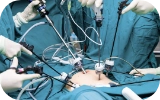 Fertility Enhancing Surgeries - Male
Fertility Enhancing Surgeries - Male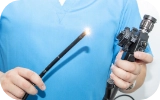 Endoscopy Treatment
Endoscopy Treatment IUI Treatment
IUI Treatment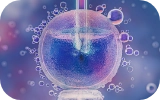 IVF Treatment
IVF Treatment ICSI Treatment
ICSI Treatment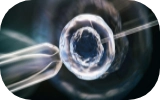 Advanced IVF Solutions
Advanced IVF Solutions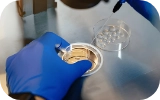 Embryology
Embryology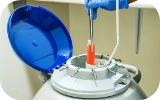 Vitrification Egg, Embryo, Sperm Freezing
Vitrification Egg, Embryo, Sperm Freezing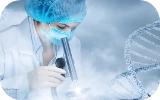 Preimplantation Genetic Testing (PGT)
Preimplantation Genetic Testing (PGT)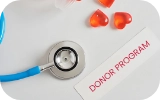 Donation Program Embryo / Egg / Sperm
Donation Program Embryo / Egg / Sperm Self-cycleTM IVF
Self-cycleTM IVF

 Self-cycleTM IVF
Self-cycleTM IVF